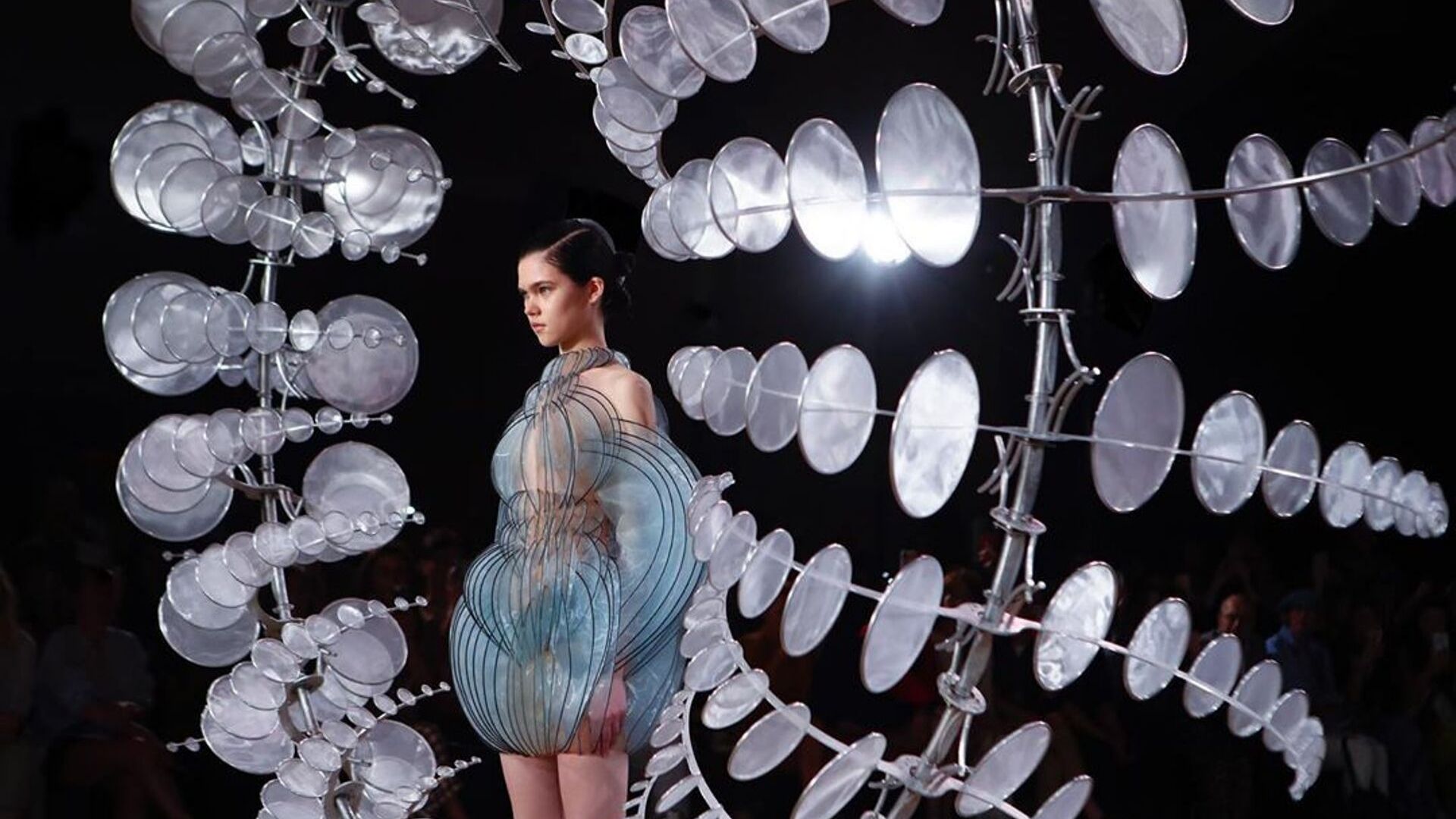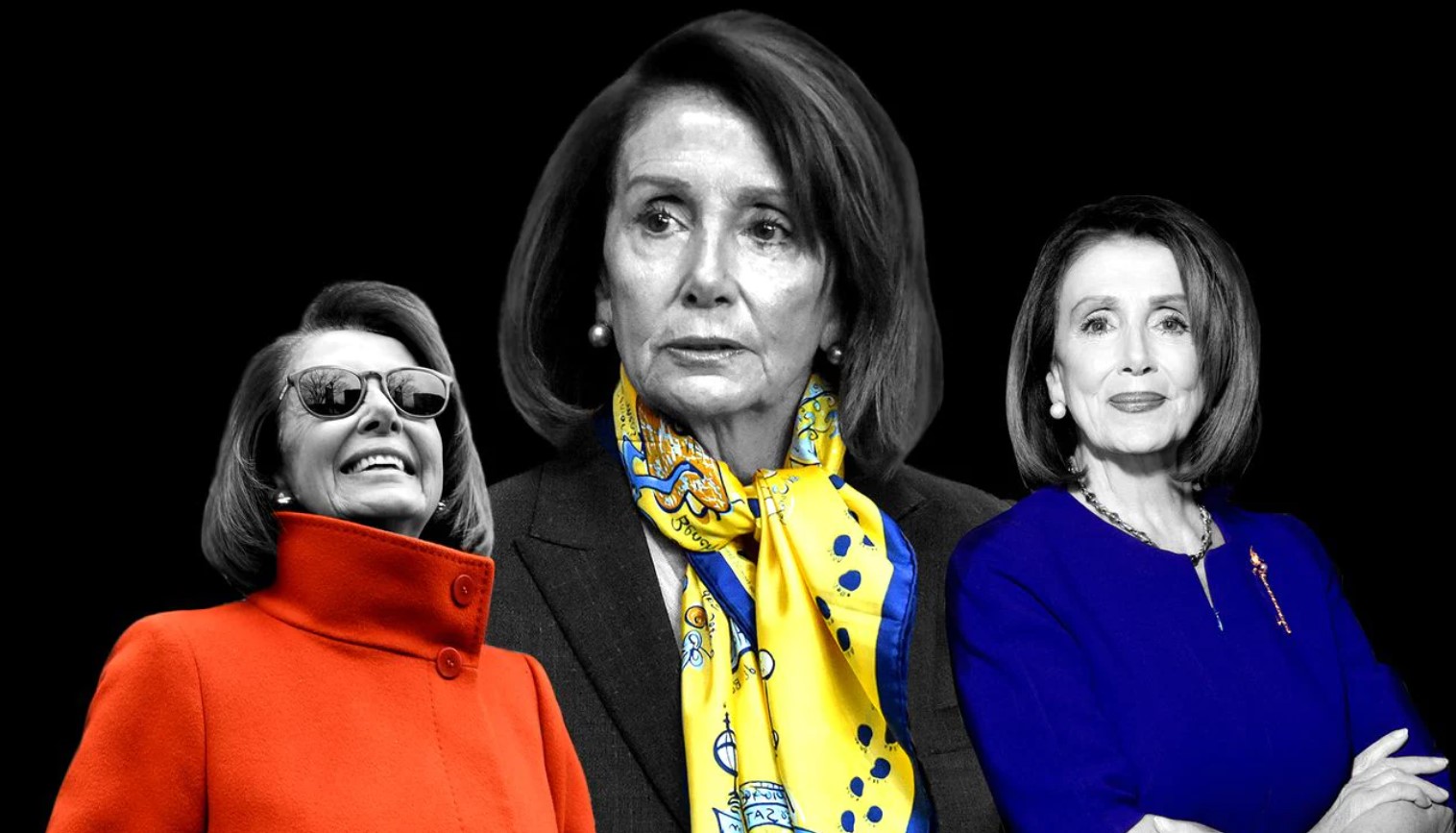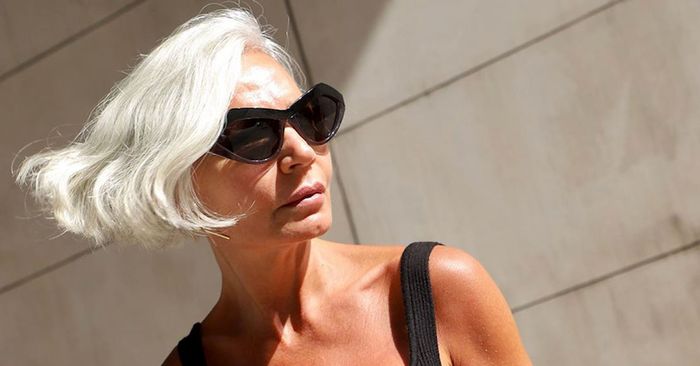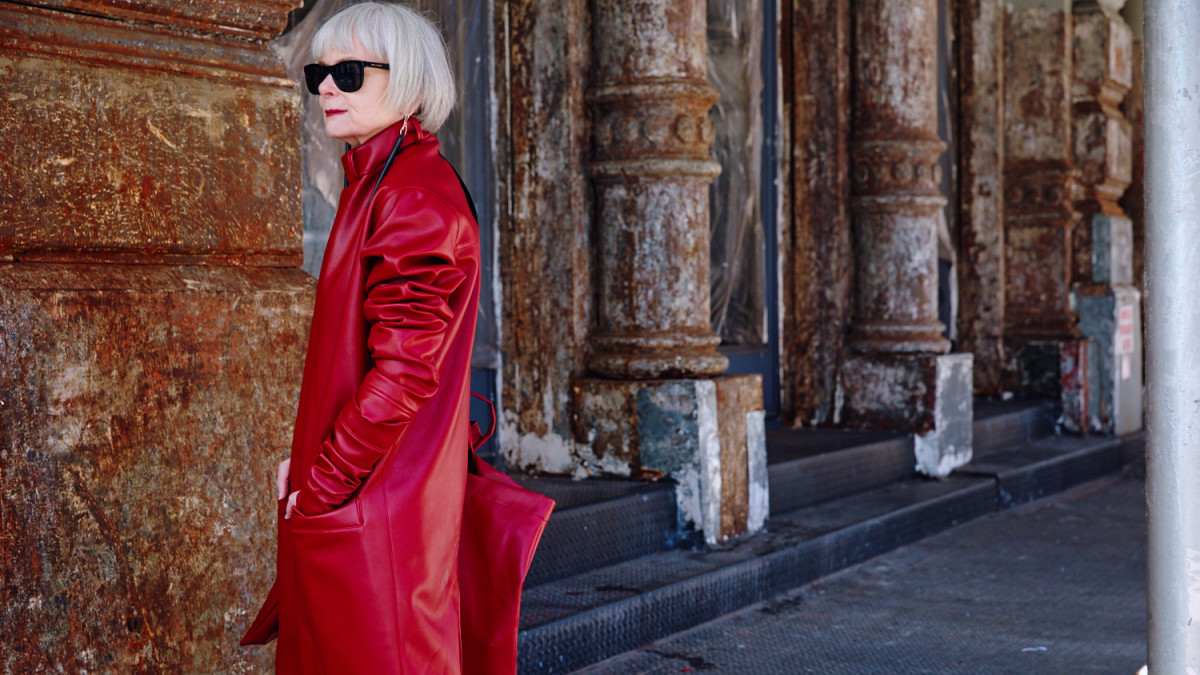The Great Fashion Denial: How Minimalism Appeared in Clothing
The XIX century witnessed a revolution in men’s suits: the clothes, which previously literally reflected their owner’s wealth, became plainer and darker. The fashion trend quickly turned into a common standard. Stereotypes and rigorous standards appeared: everything bright, lacy, and shiny evoked doubts of masculinity. A hundred years later, women’s dress also dramatically changed: thus appeared the modern minimalism, which is familiar to the vast majority today. Today we will explain how clothing has evolved from complex and flamboyant to comfortable and, frankly speaking, more casual and straightforward.
Finery Men’s Outfits
The idea that men’s suits should be discreet and elegant is only two centuries old. Until then, poverty was the only thing that could keep men from actively using bright colors, complex shapes, and jewels. Nevertheless, the severe Vikings did not abstain from emphasizing their high status with garish fabrics, embroidery, and fancy clasps. They also wore pendants and bracelets with religious meanings.
The late Middle Ages and Renaissance paintings portrayed men in colorful tights (worn with codpiece and puffy pantaloons), ornate cloaks, and elaborate headdresses. The upper classes dressed up to their fullest, while the poor were satisfied with unpainted and dark fabric clothes. While finery outfits were associated with the raids in which they were obtained and with wealth, power, or elite guard service, they were symbols of brutality.
No one would ever think to blame the lack of masculinity of the admirals of the Invincible Armada, portrayed in huge puffy collars and gold chains. François Rabelais describes in detail the family garments of Gargantua and Pantagruel, who battled the giants – sewn from white and blue fabrics with gold and precious stones. The Musketeers also had a passion for pageantry; just think of Porthos’ jeweled belt, which almost led to a duel or the care taken by Aramis in protecting his physical appearance.
How Beau Brummel Changed Men’s Clothing Style
The need arose for a new and elegant style suitable for city life. When dandies emerged, setting new benchmarks first for aristocratic England and then for all European men.
Of course, dandyism was not just about clothes but, first and foremost, a philosophy based on the fusion of the aesthetic and the ethical. The dandy’s life was transformed into a theater: particular manners, thinking, speech, movement, and pastime. However, now we will talk primarily about clothing.
Codes of dandy behavior suited and succeeded not everyone, and they could not be democratic because they were based on elitism and opposition to the crowd. But George Brummell’s outfits were imitated by many people.
The celebrated dandy Beau Brummell, who earned the title “Prime-minister of taste and elegance,” advised the future King George IV on style and was the subject of burning interest in the world. Aristocrats copied Brummell’s suits, so the new fashion spread in England and throughout Europe.
Thanks to dandyism, men’s suits changed in many ways. Instead of “peacock” pompousness, they valued moderation; clear lines replaced the complex silhouette with many pleats and a waterfall of lace.
One of the main ideas was “conspicuous inconspicuousness”: one had to be able to draw attention to oneself, not by the overload and sparkle of the attire but by its impeccability.
Wide-shouldered suits and tight-fitting breeches became fashionable, a vest tightly pulled the torso together, and a starchy scarf helped keep the chin high. So at the beginning of the XIX century, there was a prototype of a modern three-dress suit with a tie. The use of bright and pastel colors in outer clothing was abandoned, giving them a preference for more noble colors such as black, gray, and dark green, and only the jacket and scarf could remain colorful.
Jewelry was banished from the masculine image – the only thing a gentleman could afford was a watch on a chain. And instead of perfume and powder, which had sometimes been used to hide stale looks and smells, hygiene and tidiness became fashionable. The same Brummell bathed in milk to keep his skin smooth and changed his gloves five times a day. Of course, such miracles of aesthetics did not catch on – that’s what miracles are – to impress the imagination of mere mortals. But it was the beginning of the modern canon of cleanliness, according to which a man shouldn’t smell at all.
The dandies finally abolished the fashion for wigs, preferring them to a neat haircut of their hair. At the same time, short haircuts, like those of Emperor Titus, became popular in France. And after the Great French Revolution, fashion, in general, was simplified. Laconic hair fits the dandyism silhouette better than artificial curls. So not just a new suit emerged, but a new canon of the decent and the permitted.
At the same time, the textile industry was actively developing ready-made clothing stores, interchangeable cuffs, and collars. As a result, the new fashion became mainstream. This revolution in men’s clothing the psychologist John Carl Flügel in the 1930s called “the great male rejection”: the new commercial and industrial ideals displaced the dressiness and variety inherent in the old world.
Paradoxically, the visual style, which for Brummell was a rebellion against elite society, soon became mass-produced and transformed into a bourgeois working-class uniform. In the days of industrialization, all employees wore suits, and the crowd of people in jackets that moved down the street and sprawled out in offices became a symbol of the depersonalizing urban culture.
How Coco Chanel Changed Women’s Fashion
The early dandies did not sympathize with women, as the classical canon of their behavior implied a rejection of traditionally feminine traits – spontaneity, emotionality, and innocence.
A lady of society could not afford the cynicism, sophistication, and carelessness for which the dandies were famous. Only decadent, bohemian women or some outrageous aristocrats could behave this way.
The mass revolution in women’s clothing, similar to the “great male rejection,” was prepared by fashion designer Coco Chanel. She was not of noble birth, and from childhood, she was well aware of the lack of money and hard work. Gabrielle worked as a saleswoman in a clothes store, and in her spare time, she sang in a cabaret – precisely because of a simple song with the words “Qui qu’a vu Coco,” the girl got her nickname “Coco.” Young Chanel dreamed about changing the ladies’ fashion, which was still heavy-handed at the beginning of the XX century: women wore sophisticated hats with jewelry, long skirts, and many other closet items.
Even Oscar Wilde advised girls to abandon panniers, and crinolines, promoted skirt-trousers, and suggested wooden platform shoes – so that hemlines would not drag on the ground and feet would not suffer from high heels.
In the XX century, meanwhile, life was changing rapidly. Women were into outdoor activities, driving cars and moving daily around the city for service. They liked short haircuts, sports games, and dynamic dancing to jazz.
The basic principles of Chanel attire were minimalism, casualness, and simplicity, ideologically akin to dandyism. At first, she was just advising the ladies, then she opened her hat shop and soon her first boutique with clothes that were suitable for sports and leisure as well. From then, her career was booming, and her style principles became more and more in demand.
Chanel suggested abandoning expensive silks, which were very useful during the First World War and the post-war years. Instead, she introduced knitwear into fashion, offering an alternative to blouses and jackets and simple sweaters, called tops and sweatshirts today.
One of her favorite pieces of clothing was the simple striped shirt, which has since become the iconic French fashion staple.
Another point of a revolution in women’s fashion was the permission to wear costume jewelry instead of jewelry. Women were advised to use it just a little bit.
Instead of changing clothes several times a day, which very few people could afford, the designer offered elegant sets for every occasion. So now, in the same short dress a woman could wear in the city for business, and in the evening going on a date or a walk with friends, simply by adding jewelry and makeup. That was the origin of the famous idea of the little black dress, which became the analog of Brummell’s black tails – a universal, perfectly fitting outfit that always matched the occasion.
Chanel contributed to eliminating corsets, the popularization of women’s pants, and introduced other masculine elements to the ladies’ costume, such as black hats with narrow brims instead of wide-brimmed works of art with feathers and flowers. She also prioritized convenience – for instance, ladies were offered evening handbags with belts instead of clutches, which should always be kept in hand.
The Magnificence We’ve Lost
The discreet masculine image survived safely, almost unchanged, until the 1960s when the youth revolution happened. It tried to reclaim the right for men to dress up in bright colors, wear several prints simultaneously, grow their hair, and complete their attire with jewelry.
However, the same thing happened to this rebellion as it did to many other hopes of the 1960s. “Flower Power” believed that newly synthesized psychedelics would forever change people’s consciousness and that the advances of the sexual revolution would shatter previous patterns of relationships. But the ideals of “the summer of love” went out of fashion, and the classics of men’s costume did not disappear and by the 1980s had only become even more austere. Heels, ruffled shirts, and wide-brimmed plaits could not get out of the subculture reservation, which was later ground up by the commercial machine.
Why didn’t the 1960s riot take hold and fundamentally change attitudes toward clothing? One might assume that radical change happens where there are extreme changes in lifestyle and consciousness, as was the case in the days of Brummell and Chanel.
The pacifists of the 1960s were not ancient Vikings or post-apocalyptic wasteland raiders but members of the same urban culture that once enjoyed a unifying style – and in the next decade, humbly wore black jackets to go to the office.
The standard that a man should choose reserved colors, cut his hair short, and not get carried away with decorations exists today. To be sure of this, just go out on the streets of your city in the fall or winter. Most likely, you will see many people wearing black boots, dark pants, and black jackets. The principle of inconspicuousness is also followed in silhouettes, often choosing “medium” models for the body shape.
Women’s fashion has also become more straightforward. Yes, in all eras, there was a current of smartness, glamour, and “heavy luxe,” which is sometimes in fashion, as it was in the 2000s, and sometimes is ostracized. However, most girls prefer normcore for city life, which is not too different from the men’s everyday choices.
If previously the uniform of “white-collar workers” was a jacket and pants, today, in companies where there is no strict dress code, it’s jeans, sneakers, and sweatshirt – clothes that are suitable for work, for a trip to the store, and a drive outside the city. This image also follows the principles of brevity and simplicity, established in the times of the “great rejections.”
For premium readers







